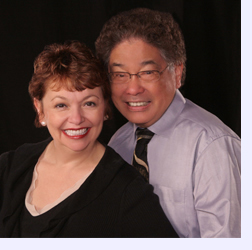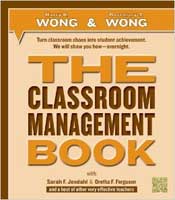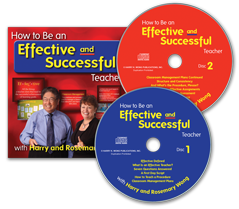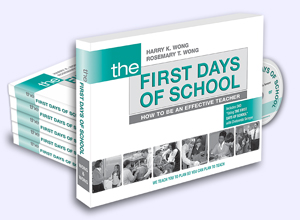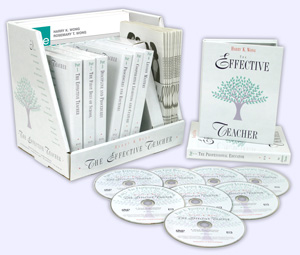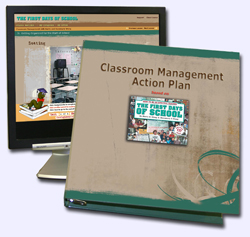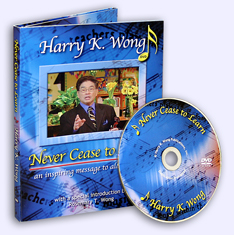|
 |

Special to the Gazette
March 2012
The Highest Rated School in New York City, Part 2
Growing Together Through Collaboration Last month’s column featured the highest ranking school in New York City, the Staten Island School of Civic Leadership (SISCL). Their success is based on Trust, the quality shared by the highest rated schools in the world. But what’s the procedure for executing that trust? It’s COLLABORATION. And collaboration is practiced by anyone who comes in contact with children at SISCL.
The high ranking test scores of the students in the schools of Singapore have been heralded for years. Their sustained excellence can be attributed to one word: COLLEAGUE Talk to any educator in Singapore and they invariably refer to those they work with as “colleagues.” They realize their collective efforts will produce greater results for their students and their rankings in the world school standings reflect this fact. Rose Kerr, the principal of SISCL, has organized her staff into collaborative groups. In grades K to 3, the groups are called triads. Her concept is so eloquently simple:
Singapore schools do a lot to improve teachers over time. They have a structured protocol called “teacher-learning circles” where teacher colleagues meet for eight two-hour sessions, over a period of four to twelve months. The learning circles meet, identify common problems, come up with solutions to those problems, pilot the solutions, and share the results with other teachers. Within the structure of their professional learning hours, teachers have the freedom to develop learning plans, meet with colleagues for improvement feedback, and identify improvement areas of focus for the following year. Improving student learning is the main focus and is a continuous process. Thus, teachers seldom work alone but in small groups, hence the reference to colleagues.Collaboration, Meeting colleagues is not viewed as a perfunctory obligation. In Singapore teachers will spend 20 hours per week working and learning with colleagues during the school day and an additional 100 hours of professional learning each year outside the school day. They do this willingly, just as Margaret, April, and Jamie willingly meet as colleagues. They do it for one reason only—to give their students the best opportunity for learning. The Concept of a Triad At SISCL three teachers are joined together, totally invested and accountable for two classes. This is different from the typical model of a teacher with perhaps an aide per classroom. New York City requires the other teacher in the classroom to be a certified “cluster” or “enrichment” teacher, thus allowing any one teacher to leave the room, if necessary. At SISCL, the monetary investment of three certified teachers in two classrooms is the same as the traditional model of two certified teachers with two non-certified teachers to help. In the triad system at SISCL, the three teachers are responsible and invested in the class culture of all 60 students. The three teachers move seamlessly between the two classrooms and the 60 kids.
Triads are only used in grades K - 3 where the teachers are configured in teams of three (triads), while the upper grades (6 - 8) are configured in subject teams at each grade level or in interdisciplinary teams (all subjects together) at the grade as is the case with the sixth grade team of Jamie (Math), Margaret (Language Arts) and April (Language Arts and Special Ed). As SISCL is a new school, grades 4 and 5 will be added as the school grows. The Highest Ranked Influence on Learning
The message is very clear that teachers need to provide opportunities for students to influence their own learning. This is especially so for those with low expectations so that they can be involved in predicting their own performance. Put this into practice in your classroom by
John Hattie found that
Thus, the two most powerful ways of increasing influence on achievement is to share both the learning intentions (the objectives) and success criteria (the rubrics) of the lesson with students. When students know both,
Notice the power of the word “self” as in self-assessment, self-predicting, or self-understanding of achievement. Children become part of the learning process and become responsible for their achievement. One of the Sixth Grade Collaborative Teams The best learning comes when the classroom assessment process is shared with the students as partners to monitor their own levels of achievement. The sixth grade team of Jamie Borik, Margaret DeSimone, and April Sinclair have developed clear activities that help their students to self-monitor their own levels of achievement—and when students are taught how to monitor their own level of achievement, they tend to continue to make progress.
The Toolbox Trackers This sixth grade team has developed “toolbox trackers” that are used as a formative assessment device for the students to track their own progress toward their learning goals. These trackers supply the students with the information they need to assess their own learning of the skills and strategies needed to be successful in each unit of study. The trackers are also used by the teachers, in meeting with the students, as Hattie says, “to help students influence their own expectation to learn.”
The Post-It® Sentence Starters As part of the sixth grade curriculum, Margaret and April, the two Language Arts teachers, teach reading skills and strategies of creating, evaluating, analyzing, applying, understanding, and remembering in whole class instruction. Jamie does the same with her math classes. They use an adaptation of a technique called an "Idea Parking Garage" or "Exit Slip." Their technique uses Post-It® Sentence Starters. They have created a cadre of starters:
The students each write their sentence starters on a Sticky Note and “park it” on a chart for later discussion.
The Sticky Notes, all on one chart, provide the teachers with a quick way to assess student learning and plan future whole class and small group lessons. Small group guided lessons are created from the sticky notes on the chart. The students whose sticky notes are written incorrectly are pulled into small groups for guided instruction on that particular skill or strategy. This technique is how formative assessment comes to life to help students The Expectation Is Set As the children enter through the doors of SISCL, they see hallway street signs that define more than each hallway; they define the school.
Rose Kerr says, “My dream is to create the burning desire in each child that passes through our doors to yearn to do great things through the humble development of themselves as great learners and as great people who help their school, community, nation, and world by their day-to-day existence and work vested in the good of the world.” She defines what her teachers have done as a tribute to the sacred TRUST of teaching. When you watch Margaret DeSimone, April Sinclair, and Jamie Borik meet daily, you are seeing colleagues sharing in the planning process, concentrating on evidence of student progress based on targeted achievement, and co-teaching classes that will “influence” the impact of the lessons on the learning of the students. You are seeing what defines the academic success of SISCL. The teachers are collaborative colleagues. The easiest way to lead is to lead a team, The Road to Success Last month we shared what makes for a successful and effective school.
These three attributes permeate the culture at SISCL.
In just two years, the school has received validation in the form of the highest ranked school in the New York City Public Schools that their shared vision for success is on target.
SISCL is fulfilling its mission statement that their students will become disciplined, diverse leaders who are inspired to make a difference in America’s civic purpose. And it is the teachers and the administrators at SISCL who ARE THE DIFFERENCE in making children’s dreams come true. Our lives have been enriched by the visit and sharing we have experienced these past few months. We know the children at SISCL can’t wait each morning to enter the doors and walk down a hallway leading to their success.
|
|||||||||||||||
| |||||||||||||||

 Meet one of the sixth grade teams at SISCL. They practice collaboration and see its success reflected in their students’ success.
Meet one of the sixth grade teams at SISCL. They practice collaboration and see its success reflected in their students’ success.  This is simply investing resources in the classroom, instead of pulling resources out. When the students in a triad (two classes linked) are asked who your teacher is, they will respond, naming all three teachers, never one! They believe three heads are better than one at SISCL.
This is simply investing resources in the classroom, instead of pulling resources out. When the students in a triad (two classes linked) are asked who your teacher is, they will respond, naming all three teachers, never one! They believe three heads are better than one at SISCL. In 2008
In 2008 
 This is a sample of what one of the Sentence Starters looks like.
This is a sample of what one of the Sentence Starters looks like. 


